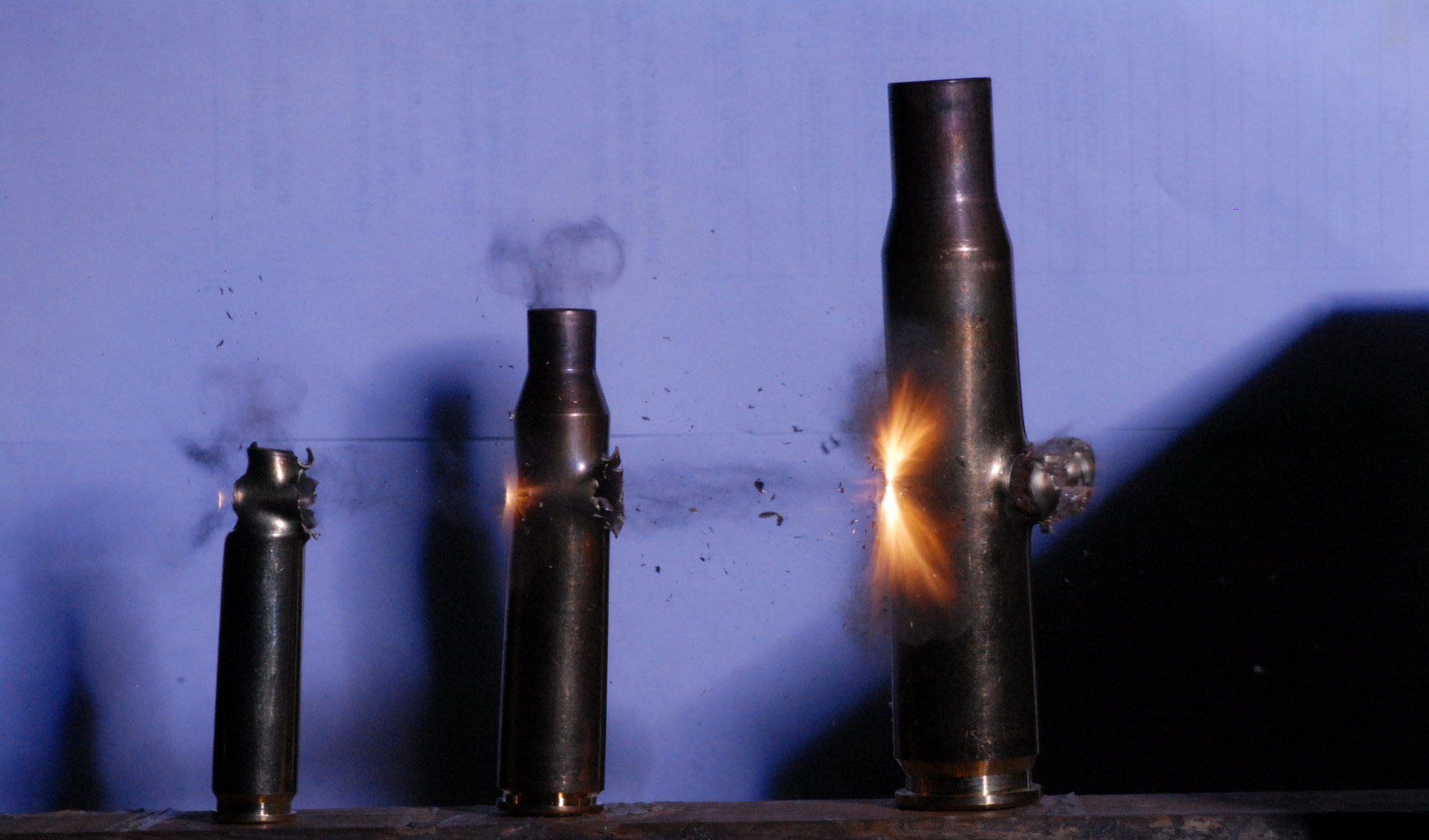For this 3D Printer built, I use quite a bit of wood. There is a few reasons for this, mainly it is for the ease of building. I don’t have a mill, nor do I have another 3D Printer to make parts with. So in all of the design work and construction I have to be cognisant of the tools that I have and my ability to work with the intended material.
For that reason I make use of Plywood, specifically Baltic Birch, as it is readily available and it is a stiff and strong plywood suitable for this type of application. Amazon also has a decent supply of Baltic Birch that is sold by 12×12 square, which makes it easy to handle and more than enough material for my build.

I do things very quickly in when Modeling. I want to get the critical dimensions right, and the general form factor of the part correct, but save the final touches until I am ready to generate prints. This allows me to model a concept quickly, and if I go on to put the model to print, I can spend the time to “pretty” up the part.


I use SolidWorks to generate templates which I glue directly onto the wood. For parts that do not need to be 100% precise this is a good way to save a lot of time on layout.

As I have mentioned before, the parts are all in the development stage. They are subject to change. These are new designs and previous designs were pretty much thrown out. I have provided the prints to everything that I feel is final enough to cut and try in the assembly.
For all of the prints, click on the image to view a PDF. If you are going to use the print as a template, make sure your printer is printing at 100% scale and it is not scaling the image to fit the page.


If I had a bandsaw or jigsaw I am sure the cutting of these parts would be easier. I have a compound sliding miter saw, and it’s a bit like using a hatch where a scalpel is needed.


I hate sharp corners where they are not needed. Every sharp corner is an opportunity for a scrap, a torn shirt, a chipped edge, or a stress riser. So I do take the time with a file to radius as many of the corners as I can. Including the face of the parts. I may not model this in SolidWorks or call it out on the print, but since I’m not sending these parts out of house to be made, I am not concerned.

With the template comes the hole lay out. On the parts where the hole is used for a screw, I am comfortable drilling those out. Where the hole is for a bearing or a screw, I will wait to drill the parts out until I purchase the bearing. It’s easy to remove material, hard to put it back.

Once you’re done drilling everything out, it never hurts to test fit things to make sure they are fitting like you thought they would. I find it is best to do this early, and frequently to avoid surprises later one. In an assembly, one seemingly simple design change can quickly cascade to many changes affecting several different parts. It’s best to try and catch those as early as possible.

Once all of the parts have been finished I’ll worry about sanding things down and applying a finishing coat of polyurethane to protect the wood. At this stage it is far to early to worry about finishing.
There are quite a few components to cut, this will take me a few afternoons to complete, so you’ll see them all done and ready to go as we do the next write up on the assembly of the frame.




